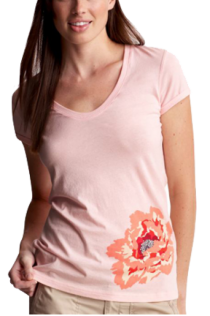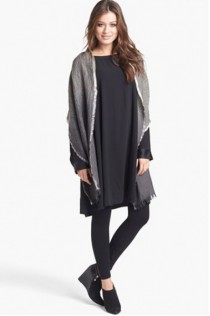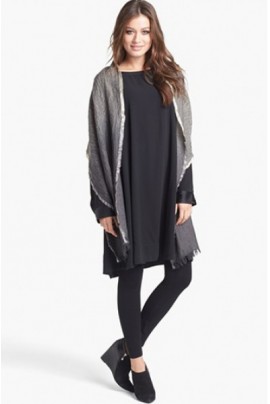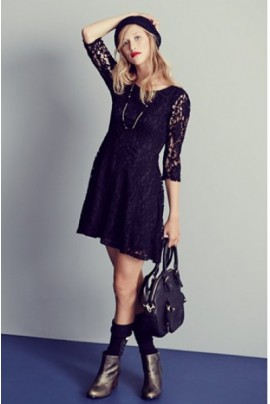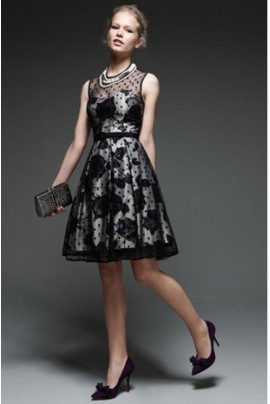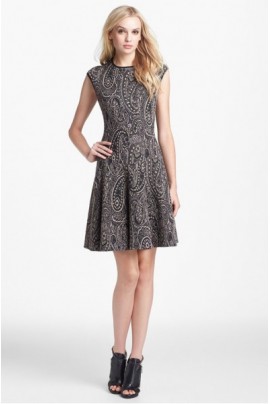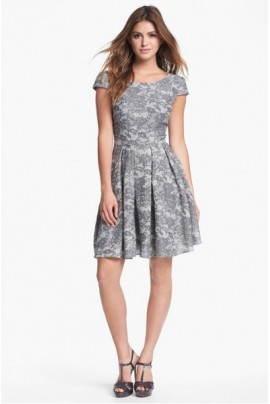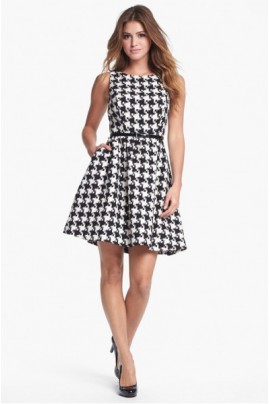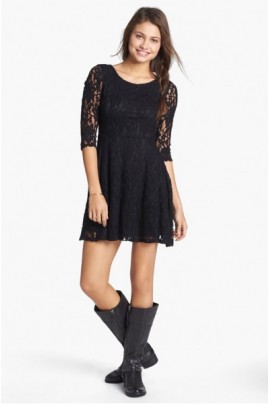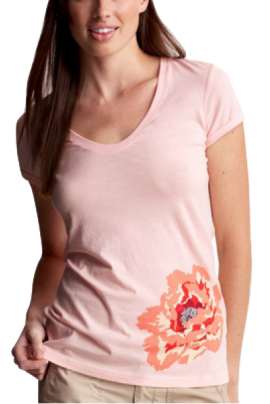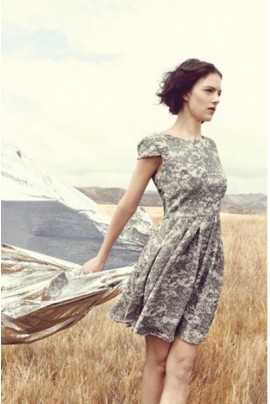WORM SILK
WORM SILK - THE SPECIAL ORGANIC FABRIC
Silk or Consulate is a fine fabrics, woven-silk thin. Type the best silk is woven from silk. It is raising silkworms (Bombyx mori), taking into silk woven silk spinning. From time immemorial silk is a noble product, expensive, only for kings and the elite of society. Due to the structure of triangular prism shape, silk reflective light shines on it from different angles creating sparkle, iridescent featured no similar product can match.
1836, King Minh Mang ( the Latest King of Viet Nam) heard China has kind of white cocoon, better silken silkworm farming in Vietnam, the king's edict to ban does not mind the journey thousands of miles, pay dearly to buy for. Director of Communications for the provincial government to farmers, making white silkworms developed widely in folk.
Thus it can be said vocational sericulture, silk, silk weaving in Vietnam have been expanded and developed from the Nguyen Dynasty. For example the king, queen, princess were sericulture silk silkworm so ancient funeral profession was considered a noble profession. The picture sericulture, silk, silk went into ancient literature. Daughter came from the village of sericulture, silk reeling as our old Binzhou are pale skinned, lithe gait gentle, soft spoken and particularly so cute and went into poetry with imagery resourceful woman, graceful silk weaving craft.
Vocational sericulture bring high economic efficiency than other crops, because the high value of mulberry, silkworm litters short rotation only 20 days.
Silk with its premium features Vietnam has been honored as the "Queen of Silk" silk production although production is much lower than with other fibers such as cotton, jute, hemp .
PRODUCTING WORM SILK
1. Silkworm Breeding:
Incubators:
The first stage of the process of silk production is laying and incubation center, in a controlled environment such as an aluminum box was checked to make sure no infections, folk, then using a bowl on a sheet of paper and moths female lays 300 to 400 eggs a time.
.jpg)

Mmulberry leaf is the main food of silk worms
2. Reeling:
Nursery:
Place cooked cocoon silk from cocoons and spinning, then filaments undergo many more passages to the silk-finished and assigned to the textile mill to weave a row.

.jpg)
The Cocoons with chrysalis inside it
Reeling:
The machining process of spinning silk from cocoons into silk yarn. In the process the silk cocoons are brought cooked in boiling water, make the glue melted partially secirine silk, soft and easy cocoons into yarn withdrawal.
.jpg)
.jpg)
Boiling the cocoons and spinning the silks
Then peeled silk will be se together, depending on the nature and amount of fiber and twisted round to infected cui then woven into different types of fabrics.
Since silkworms spinneret until woven into the fabric to undergo several stages: silk, took silk, imported silk, silk reel, winding, infected cui ... then connect loom, and weaving.
.jpg)

.jpg)
.jpg)
.jpg)
.jpg)
.jpg)
.jpg)
The finishing worm silk after drying
The products from silk are varied and plentiful. The "Mỹ A " Black silk is also the one kind of silk, but it
is made with the special other way, we will find out on next page.

